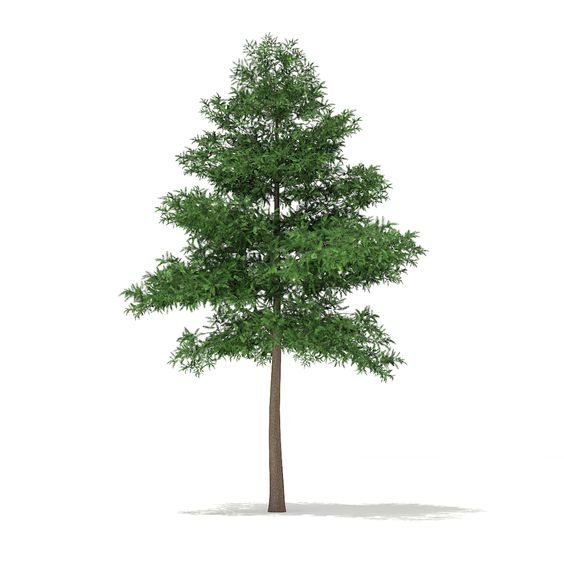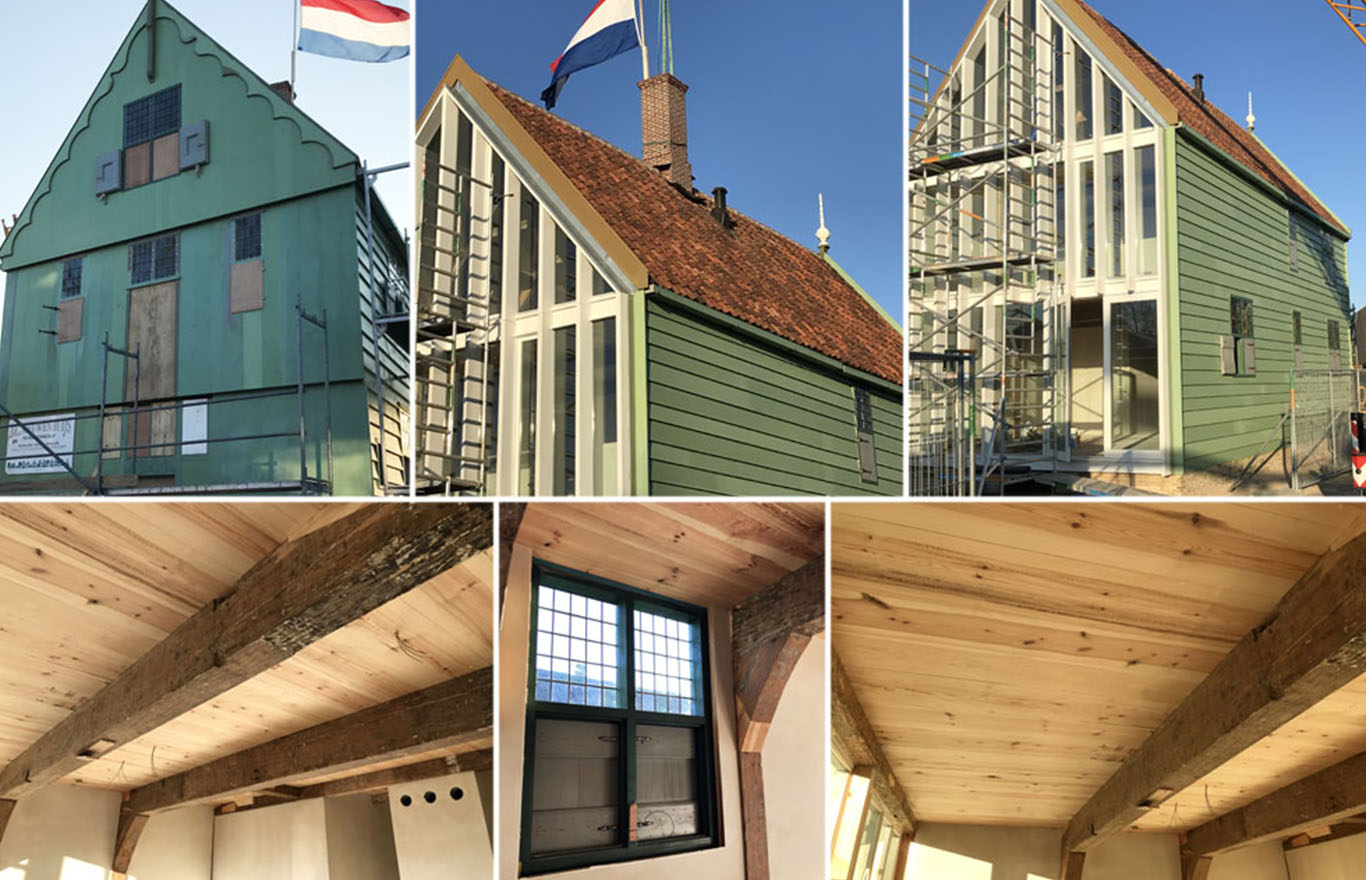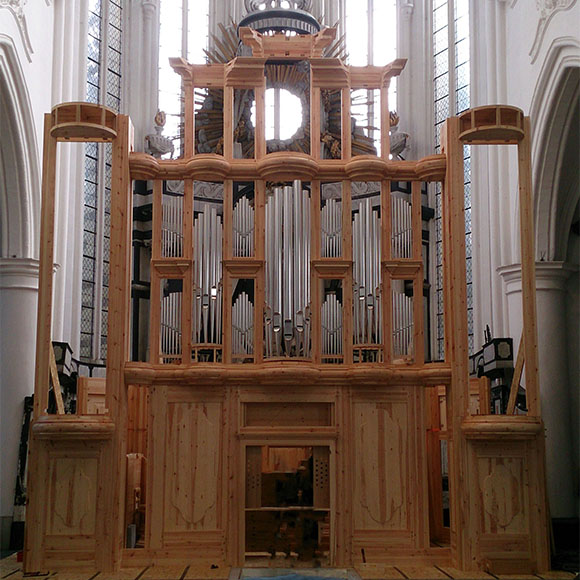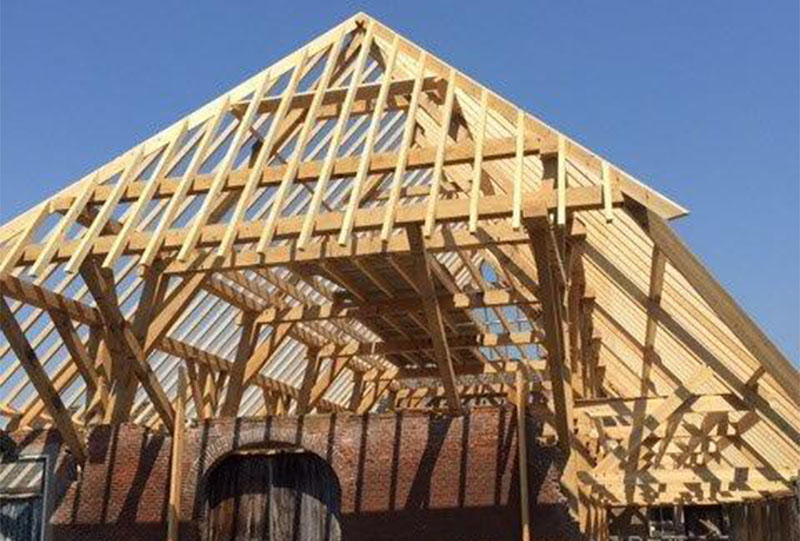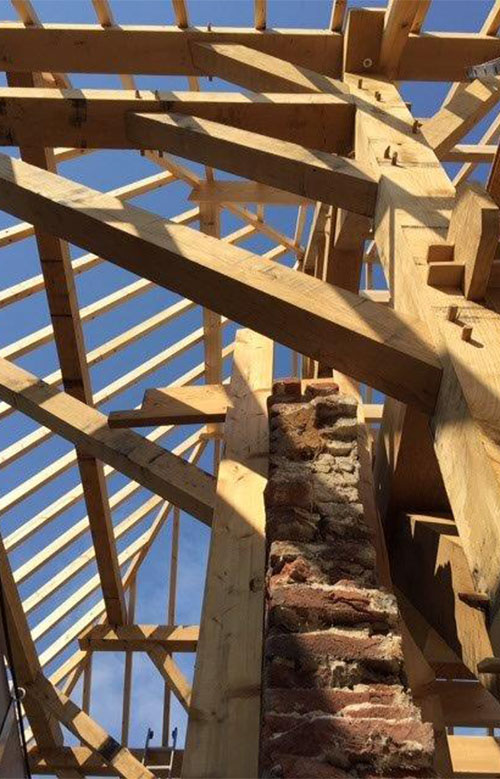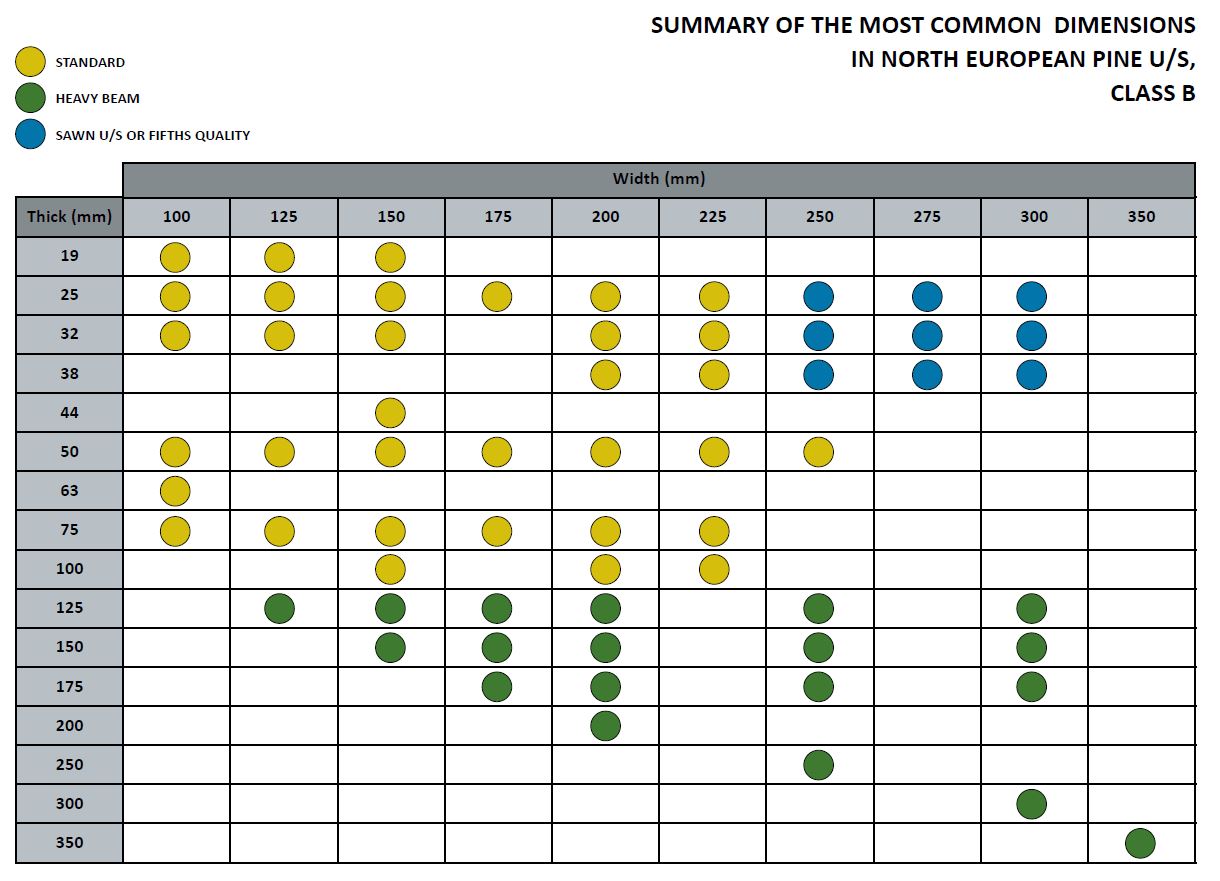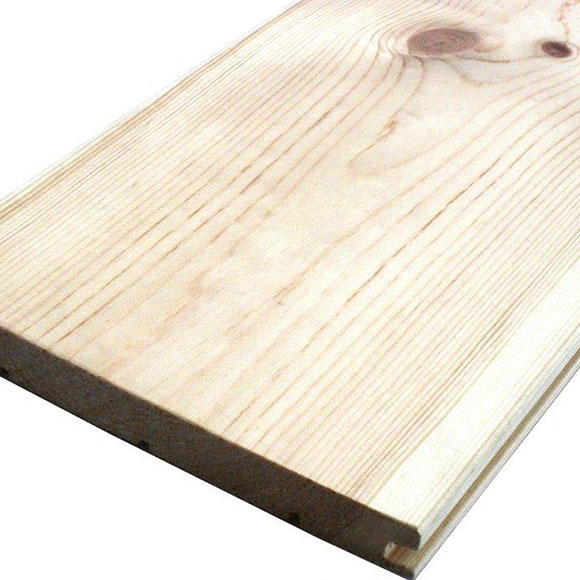EUROPEAN PINE WOOD
Pine wood has a long history, it has been used since time immemorial. Pine wood, after spruce, is currently the most commonly used coniferous wood in the world.
ORIGIN
As pine wood is common throughout Europe, it is clear that the quality of the wood and the sapwood ratio strongly depends on its growth area. To the north, where it is colder, trees grow at a slower pace, resulting in fine-grained wood. Depending on the soil, it generally means that the wood from northern Europe is of a higher quality and is harder. Pine wood is resinous wood, and experience has taught us that it becomes harder through ageing.
- Botanical name: Pinus Sylvestris
- Growth area: Europe and northern Asia
- Species: coniferous wood
WE MAINLY BUY FROM:
- North and Central Sweden
- Finland and Norway
- Germany
Its beautiful look and feel combined with a good price turn pine wood into an attractive wood type with an aesthetic value. It is straight-grained and has a fine to moderate texture. Naturally, all Scandinavian wood comes from sustainably managed forests.
NAME
In Scandinavia, the name for pine wood is ‘furu’, and we also use ‘Scots pine’ for pine wood. On average, pine trees are about 35 metres in height and are 30 to 60 cm in diameter. The tree is straight and cylindrical and the branches grow in a wreath shape; as a result, pine wood has larger pieces of knot-free wood than spruce, for example. This means that the wood on the outside of the trunk, also called ‘sideboards’, is all but knot-free.
RESPONSIBLY PRODUCED WOOD
The majority is PEFC™ certified, but FSC® certified wood is also possible. We are both PEFC™ and FSC® certified.
VIBRANT LOOK
The heartwood is dark yellow to red-brown in colour and contrasts with the sapwood which is light yellow. In addition, the early and late wood provides clear colour differences. Quarter sawn wood has a streak pattern and diced wood has a flame pattern.
The wood from young trees contains a large percentage of sapwood, as pine trees only start to form heartwood at about the age of 25. Experiments have shown that this sapwood is not mechanically inferior to the heartwood. However, under humid conditions, the sapwood is susceptible to fungal attack, which causes rapid blackening.
CHARACTERISTICS
Pine can be dried quickly and without difficulty, both air-dried and artificially. Thick wood, especially if heart-cleaved should be dried carefully to avoid pulling and cracking. If dried properly, there is only a moderate tendency to warp. Pine is resinous and sometimes the resin corridors can be seen as very fine lines. Freshly sawn or planed pine wood gives off a pleasant resin or turpentine smell. This smell disappears in time, but when old wood is reworked, it smells like new again. Wood that is very rich in resin should be ‘degreased’ before glueing as well as before applying paint or varnish. Working, nailing, screwing and glueing pine wood poses few problems.
Zaandijk – Monumental building restauration – 2020
Restorer Bart Nieuwenhuijs, who specialises in 17th and 18th century Zaans timber structures such as windmills and warehouses, dismantled Hero de Jager’s 17th century home in Koog aan de Zaan in 2004 and is now rebuilding it in Zaandijk. Because the building has monumental status, as much of the original material as possible has to be reused. In addition to the original beams, pinewood was used, and we also supplied western red cedar cladding and European larch (for the alley side).
Leuven – Construction of the Contius organ – 2016
Flentrop organ manufactures is responsible for the construction of this organ in the style of H.A. Contius. It is located in the St. Michielskerk in Leuven. The organ was built in the church on the same spot as the historic Le Picard organ, which was lost during an allied bombing raid in May 1944.
A WOOD SPECIES WITH ALL
KINDS OF POSSIBILITIES
KINDS OF POSSIBILITIES
APPLICATIONS
Pine is used for many purposes. The quality and origin of the wood is the determining factor. Nowadays, pine is largely imported from Scandinavia as a semi-finished product and is sorted according to certain quality classes. In the Netherlands, KVH2000 is used. Applications include: floorboards, interior panelling, ceiling elements, stairs, facade carpentry, furniture, frames, profiles, heavy structures, packaging, etc.
For exterior window frames, sapwood outside the glass line is not recommended. Sapwood however, is easy to impregnate because of its ‘open’ structure. This makes pine, if treated, also extremely suitable for outdoor applications.
SIZES
We have a wide range of sizes available. You can download the available sizes here in PDF format.
FLOOR PANELS
In the Netherlands, pine is still widely used as a solid wood floor. It is an attractive wood specie due to its beautiful, lively appearance, combined with a flavourable price.
- Gross sizes: 25 x 200 mm (19.5 x 182 mm working)
- Particulars: planed and ploughed with a small broken edge on the long side and the underside provided with three anti-stress grooves
- Dehydrated: ca. 10% +/- 2%
- Length: 330 through 540 cm, subject to availability
- Packaging: per 4 pieces, shrink-wrapped
- Quality: kwinta, class C (KVH2000)

